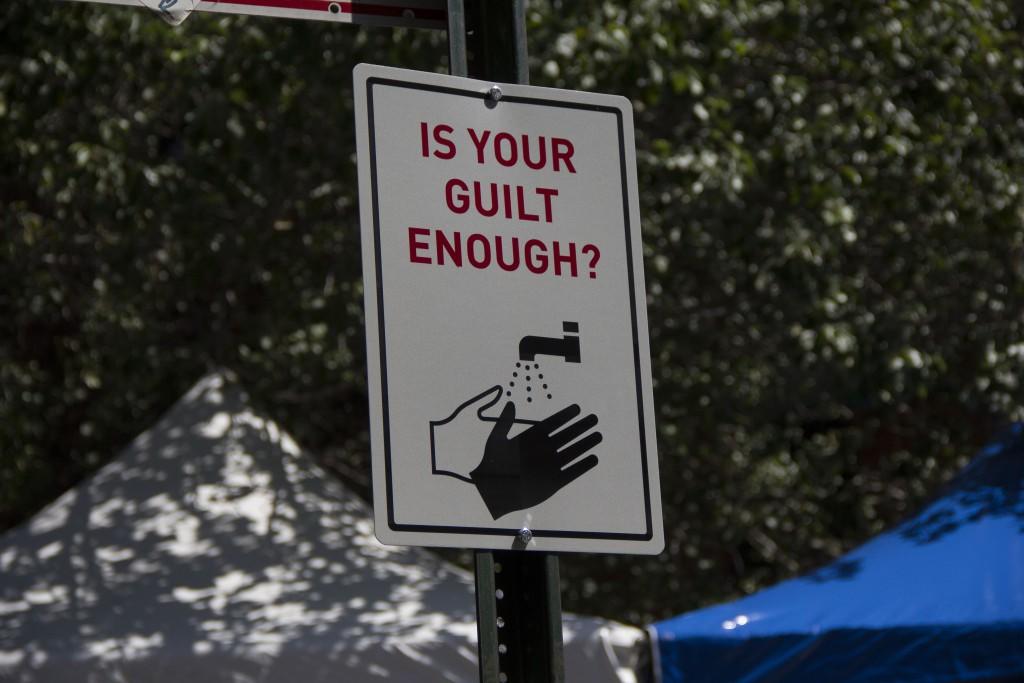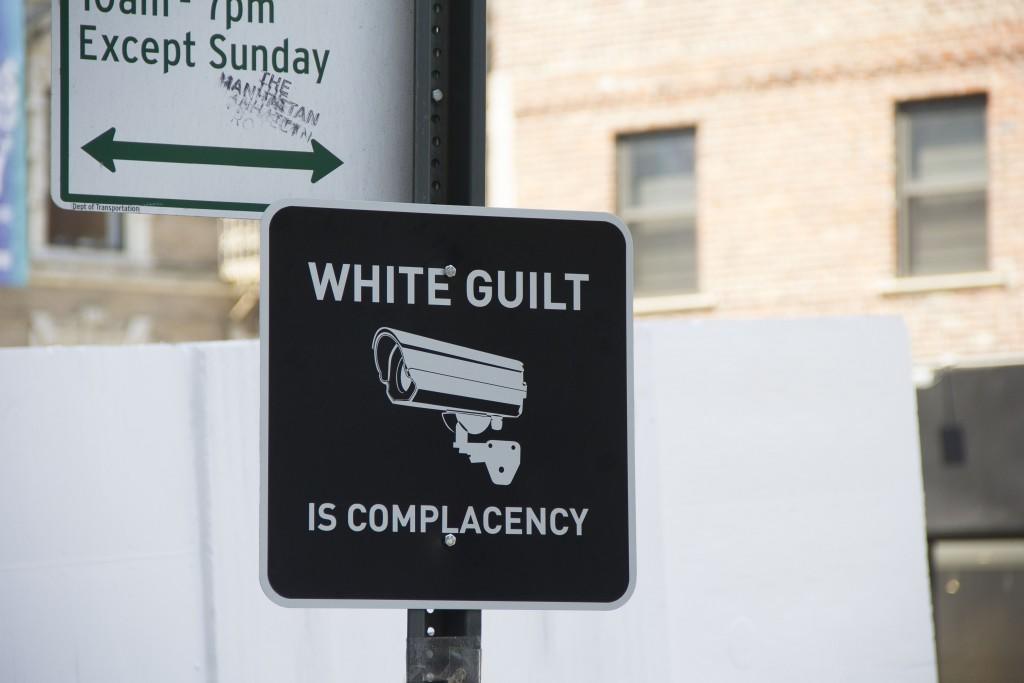Democrats Introduce Legislation To Declare Racism A Public Health Crisis
Tyler Durden
Fri, 09/04/2020 – 07:00
A bill introduced on Thursday by Democratic lawmakers would classify racism as a nationwide public health crisis – requiring two wings within the Centers for Disease Control (CDC) to address it, according to The Hill.
The bill – Anti-Racism in Public Health Act – was crafted by Sen. Elizabeth Warren (D-MA) and House Reps. Barbara Lee (D-CA) and Ayanna Pressley (D-MA). It is co-sponsored by Sens. Mazie Hirono (D-HI), Ed Markey (D-MA), Jeff Merkley (D-OR) and Tina Smith (D-MN).
“It is time we start treating structural racism like we would treat any other public health problem or disease: investing in research into its symptoms and causes and finding ways to mitigate its effects,” said Warren, who masqueraded as a different race for decades – potentially depriving actual Native Americans positions at liberal institutions.
“My bill with Representatives Lee and Pressley is a first step to create anti-racist federal health policy that studies and addresses disparities in health outcomes at their roots,” she added.

The proposal comes after the American Public Health Association declared systemic racism a public health crisis at the beginning of June — shortly after Minneapolis police killed George Floyd, a Black man.
Since then, Michigan, Wisconsin and Colorado have done the same. At a local level, municipalities in over 19 states have also made the designation. –The Hill
Coronavirus and racism?
Reps. Pressley and Lee claim that COVID-19 has exacerbated public health inequities among people of color, as Black and Latino Americans have a much higher chance of dying from the disease vs. Whites.
An August report from the National Urban League, partly based on data from Johns Hopkins University, revealed that Black Americans are more than two times more likely to die from COVID-19 than White or Latino Americans. Latino Americans have the the highest infection rate — 73 cases per 10,000 people — out of the three demographics, but Black Americans still are nearly three times as likely to get sick from the virus than White Americans, who have the lowest infection rate.
The CDC acknowledges this fact on its website, saying “long-standing systemic health and social inequities have put many people from racial and ethnic minority groups at increased risk of getting sick and dying from COVID-19.” –The Hill
For those wondering how the CDC thinks COVID-19 affects racial and ethnic minority groups, see below (via the CDC):
* * *
Factors that contribute to increased risk
Some of the many inequities in social determinants of health that put racial and ethnic minority groups at increased risk of getting sick and dying from COVID-19 include:
- Discrimination: Unfortunately, discrimination exists in systems meant to protect well-being or health. Examples of such systems include health care, housing, education, criminal justice, and finance. Discrimination, which includes racism, can lead to chronic and toxic stress and shapes social and economic factors that put some people from racial and ethnic minority groups at increased risk for COVID-19.
- Healthcare access and utilization: People from some racial and ethnic minority groups are more likely to be uninsured than non-Hispanic whites. Healthcare access can also be limited for these groups by many other factors, such as lack of transportation, child care, or ability to take time off of work; communication and language barriers; cultural differences between patients and providers; and historical and current discrimination in healthcare systems. Some people from racial and ethnic minority groups may hesitate to seek care because they distrust the government and healthcare systems responsible for inequities in treatment and historical events such as the Tuskegee Study of Untreated Syphilis in the African American Male and sterilization without people’s permission.
- Occupation: People from some racial and ethnic minority groups are disproportionately represented in essential work settings such as healthcare facilities, farms, factories, grocery stores, and public transportation. Some people who work in these settings have more chances to be exposed to the virus that causes COVID-19 due to several factors, such as close contact with the public or other workers, not being able to work from home, and not having paid sick days.
- Educational, income, and wealth gaps: Inequities in access to high-quality education for some racial and ethnic minority groups can lead to lower high school completion rates and barriers to college entrance. This may limit future job options and lead to lower paying or less stable jobs. People with limited job options likely have less flexibility to leave jobs that may put them at a higher risk of exposure to the virus that causes COVID-19. People in these situations often cannot afford to miss work, even if they’re sick, because they do not have enough money saved up for essential items like food and other important living needs.
- Housing: Some people from racial and ethnic minority groups live in crowded conditions that make it more challenging to follow prevention strategies. In some cultures, it is common for family members of many generations to live in one household. In addition, growing and disproportionate unemployment rates for some racial and ethnic minority groups during the COVID-19 pandemic may lead to greater risk of eviction and homelessness or sharing of housing.
* * *
And there you have it.
via ZeroHedge News https://ift.tt/3bqr6uw Tyler Durden

